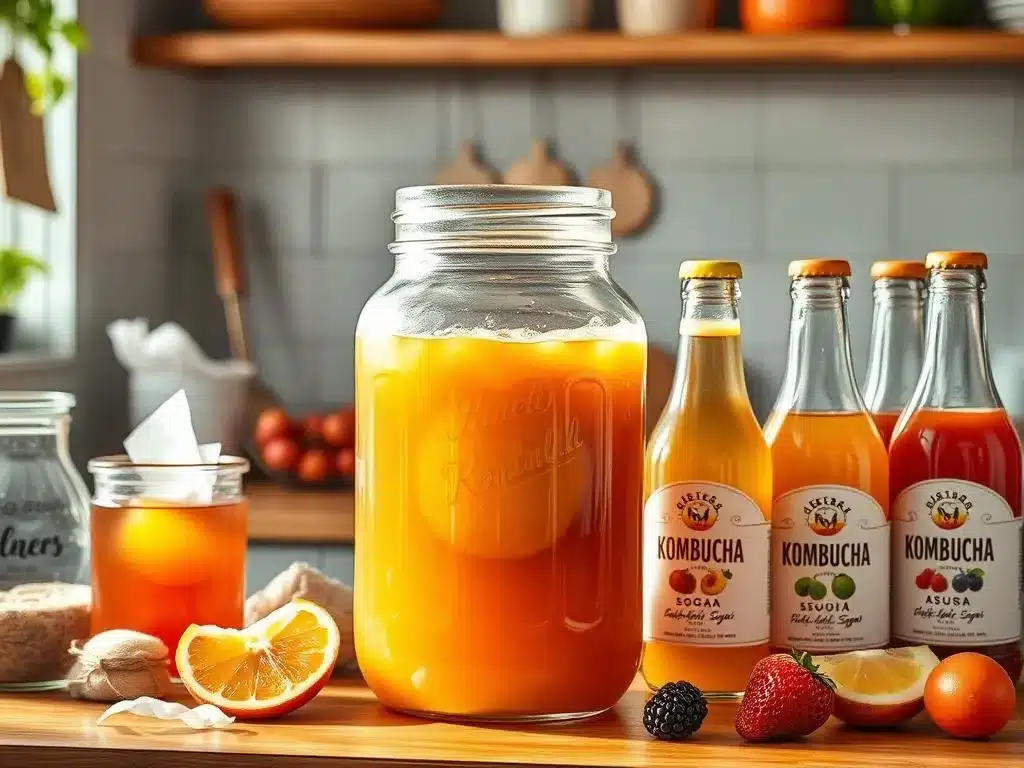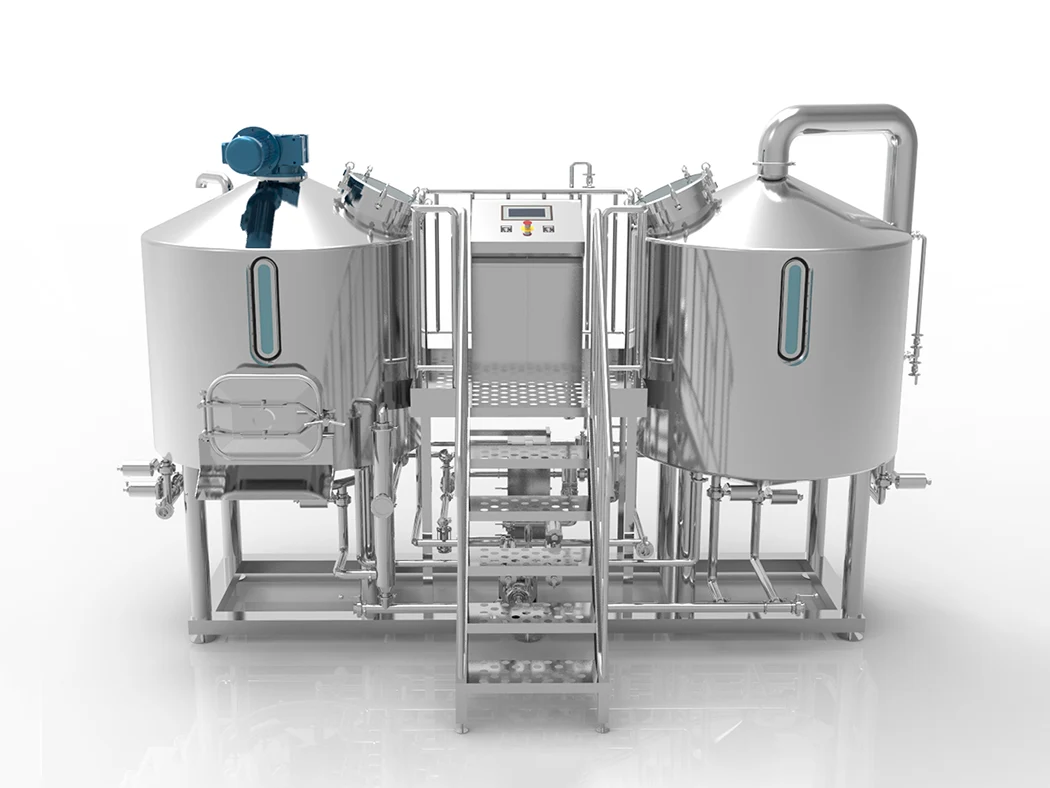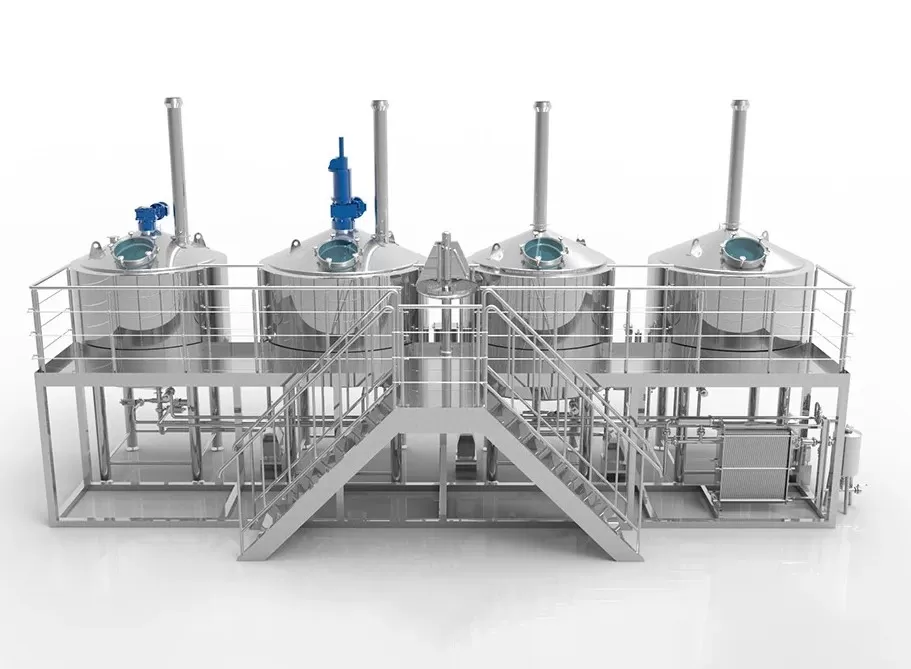Fermenter du kombucha à la maison ou pour votre brasserie est passionnant, mais cela peut s'avérer difficile si votre installation n'est pas adéquate. Le bon fermenteur permet de réduire les problèmes, comme les moisissures ou les fuites. Mais un mauvais choix peut entraîner un gaspillage d'argent ou de thé. Dans ce guide, nous allons rester simples et clairs. Vous verrez ce qui fonctionne, ce qui ne fonctionne pas, et comment les meilleurs brasseurs obtiennent un kombucha savoureux, sûr et pétillant, à chaque fois.

Types of Kombucha Fermenters
Some fermenters break. Some let in light and ruin flavor. Others trap dirt or are hard to clean.
Let’s look at the main types:
| Type | Pour | Cons | Meilleur pour |
|---|---|---|---|
| Glass Jars | See inside; easy to clean | Breaks easily; lets in light | Beginners |
| Acier inoxydable | Tough; keeps flavors pure | Harder to see inside | Big batches |
| Ceramic Crocks | Keeps cool; old-school style | Heavy; can crack | Traditions |
| Continuous Brew | Always ready; saves work | Can be tricky to set up | Busy brewers |
Data highlights: Glass is #1 for home brewers (68% prefer it). Stainless steel is growing for its durability and large size need, especially in North America (55%) .

How to Choose a Kombucha Fermenter
Picking the wrong fermenter might let in germs or break during use.
This could cost you good tea and a sad SCOBY. The wrong gear also makes cleaning hard and messes with taste.
Solution : Pick using this checklist:
- Matériau : Choose food-safe glass or stainless steel. Avoid plastic!
- Taille: 1-gallon fits most. Go bigger for business or big families.
- Lid: Needs a cover—cloth for air, or special lids to keep bugs out.
- Spigots: Great for easy draining, especially in continuous brew systems.
- Budget: Most homebrewers spend $20-$50 (83% of buyers prefer this range)
Handy Table: Material Performance
| Matériau | Brew Success Rate | User Satisfaction |
|---|---|---|
| Verre | 89% | 4.2/5 |
| Acier inoxydable | 94% | 4.6/5 |
| Céramique | 82% | 3.8/5 |
Stainless steel wins on performance and toughness. For large or growing needs, consider exploring Micet’s Réservoir de fermentation en acier inoxydable et réservoirs d'oxygénation for a professional-grade option.
Top 5 Kombucha Fermenters
Here are the best picks, from starter kits to pro-grade. Each fits different brewers—try one that matches your style!
| Name | Caractéristiques | Meilleur pour |
|---|---|---|
| Kombucha Shop Starter | Glass jar, step-by-step guide | New brewers |
| Fermentaholics Steel | 2-gallon, easy-drain spigot | Small business |
| Ohio Ceramic Crock | Stable temp; holds 1.5 gallons | Classic crafters |
| Kombucha Kamp Kit | Continuous brew, self-straining | Busy or daily use |
| Ball Mason Jar | Cheap, simple, starter friendly | First-timers |
For breweries needing quality control and scale, Micet’s Réservoir de fermentation Kombucha strikes the balance between durability, sanitation, and adaptability.

How to Use Your Fermenter
Good tea means safe practices. Bad practices lead to mold, weak fizz, or vinegar taste.
Step-by-Step Guide:
- Clean All Parts: Use hot water and vinegar. Soap can kill your culture!
- Start Your Brew: Add sweet tea, cooled down, and your starter liquid (already brewed kombucha).
- Add SCOBY: Place gently at the top.
- Ferment: Room temp (75–85°F works best). Use a thermometer or Fermometer for checking.
- Taste Test: 7–14 days is good. Check with a straw—stop when it’s just right!
- Bottling Time: Drain to bottles (spigots help). Use strong bottles for safety.
- Second Ferment: Leave bottles for another 2–4 days for more fizz.
Pro tip: Stainless steel fermenters from expert manufacturers help avoid contamination. They make cleaning easy and consistent, which saves labor and time as your operation scales.
Maintenance et dépannage
Mold, weak fizz, or too-sour kombucha can ruin a whole batch.Nothing worse than wasted tea, lost time, or a sick kid or customer.
Solution Table: Fast Fixes
| Problème | How Often? | Solution | Works? |
|---|---|---|---|
| Mold Contamination | 41% | Lower pH (use starter tea), sanitize | 92% |
| Weak Carbonation | 34% | Second ferment, seal bottles | 88% |
| SCOBY Starvation | 22% | More sugar (1 cup/gallon) | 85% |
| Too Sour | 18% | Shorter brew time | 95% |
Cleaning Checklist
- Rinse after every use
- Use vinegar, not harsh soaps
- Dry fully before next brew
- For upgrades, check Micet’s Industrial Mixing Tanks for larger scale needs.
Data Table: Kombucha Fermenter Market Trends
| Catégorie | Statistic |
|---|---|
| Global market annual growth | 15.8% |
| Homebrewer’s favorite material | Glass (68%) |
| Commercial brewer’s choice (NA) | Stainless steel (55%) |
| Typical fermenter size | 1-gallon (for home); up to 30HL (pro) |
| Top user concern | Mold growth (41%) |
| Price range preference | $20-$50 (home setups) |
FAQ
Q: Can I use a regular jar for kombucha?
A: Yes, but glass jars need frequent cleaning and a cloth lid for airflow.
Q: How do I stop fruit flies or mold?
A: Use a tight cloth, check pH is below 3.5, and clean everything. If you scale up, professional tanks like Micet stainless steel fermenters can further lower risk.
Q: Does tank material change flavor?
A: Yes. Stainless steel and glass are both non-reactive and safe for kombucha flavor.
Q: How much kombucha can I ferment at once?
A: Most homebrewers use 1-gallon. Breweries can go up to 20HL or more with commercial-grade systems. Learn more about scaling with Micet’s 20HL 4 Vessels Commercial Brewery Equipment (Équipement de brasserie commerciale).
Summary Table: Kombucha Fermenter Quick Comparison
| Need | Home Brew | Pro Brewery (Scaling Up) |
|---|---|---|
| Capacité | 1-2 gallons | 20HL+ |
| Matériau | Glass, stainless steel | Acier inoxydable |
| Toughness | Moyen | Très élevé |
| Assainissement | Hand-cleaning | CIP systems, food-grade standards |
| Support/Warranty | Rare | Micet: 3-year tank, 1-year parts |
Kombucha Fermentation Insights ?
Stainless Steel Success Rate
Highest performance material for brewing
Croissance du marché mondial
15.8% annual CAGR (2023-2030)
Top User Concern
41% report mold issues
Conclusion
Fermenting kombucha is fun, tasty, and healthy—but it should not be a hassle. Start with a simple glass jar if you just want a batch or two. If you want to brew more, save time, and avoid problems, stainless steel fermenters are best. For breweries, choosing a strong, professional-grade system means fewer worries, better flavor, and happy customers. The right tank, built by experts and backed by strong after-sales support, makes all the difference. If you’re eager to scale up, try options like Micet’s Réservoir de fermentation Kombucha for confidence, customization, and a steady pour of great kombucha.
Related Reading
- Système de brassage à petite échelle 300L
- Réservoir de fermentation en acier inoxydable et réservoirs d'oxygénation
- 20HL 4 Vessels Commercial Brewery Equipment (Équipement de brasserie commerciale)



